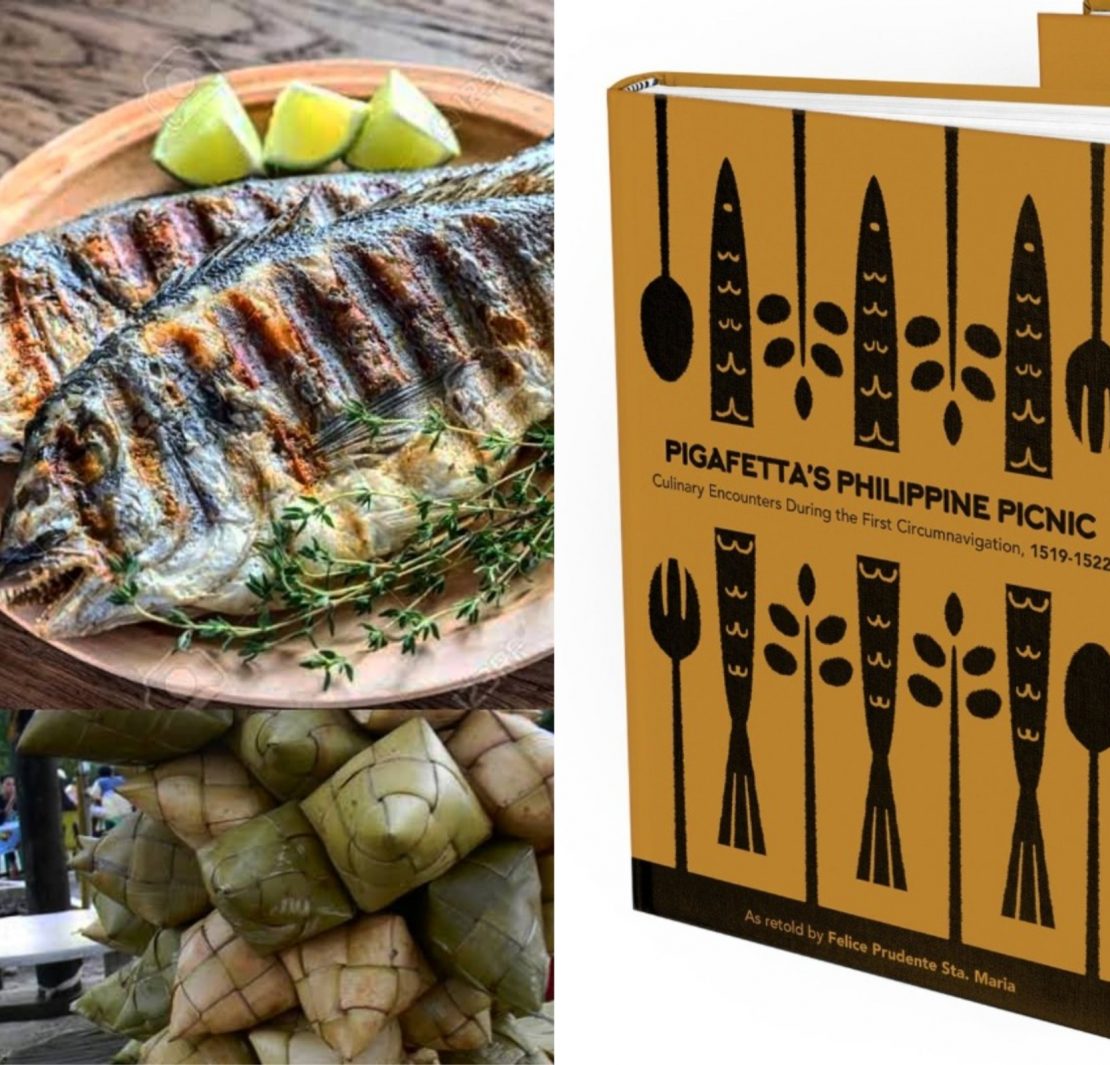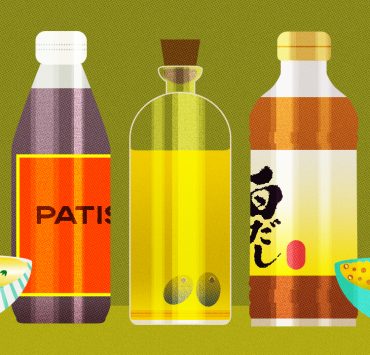“Food could be used for friendship, peace and trade negotiations, but also as a weapon of stealth,” writes food historian Felice Prudente Sta. Maria, describing the fraught journey of the Magellan-Elcano expedition. The expedition of five ships involving over 200 crew members started in 1519 and found the Spaniards on various territories including southern Leyte and what would eventually become the Philippines.
For their journey—the first circumnavigation of the world originally bound for Molucca or the Spice Island (modern-day Indonesia)—the ships packed provisions good for two years. These included roughly 1,293 kilos of cheese; 3,220 liters of vinegar; 207 kilos of dried fish; 140 barrels of anchovies; 2,626 kilos of aged bacon; 1,547 liters of dried beans; 2,985 liters of chickpeas; 218 liters of lentils; 73 kilos of rice; five containers of 381 kilos each of flour; 250 ristras (a strung measure) of garlic; salt in unspecified numbers of cahices (one cahiz = 437 liters); capers; mustard; olive oil (32.3 liters allotted per person for two years); honey; sugar; raisins, prunes, dried figs; quince made into a sweetened preserve; wine, water; 905.78 kilos of sea biscuit per person; three live pigs and six live cows for butchering on board. Although the allocation for livestock seemed at the time ill-advised given there were no butcher or cook, not even an enclosed kitchen or dining room anywhere in the five ships.
ON this day, 500 years ago, Rajah Humabon, the ruler of Cebu, allowed the planting of a Christian cross in Cebu. This…
Posted by National Quincentennial Committee, Republic of the Philippines on Friday, April 9, 2021
They failed to anticipate the vastness of the Pacific Ocean, all but the Portuguese explorer Ferdinand Magellan, who upon realizing it will be a long trip, decreased the daily rations months into the journey. This is to much dismay of his crew, who later mutinied and ransacked their supplies. There were also storms, which eventually sunk one of the ships and its provisions. It turned out also that they packed far too much dried fish instead of nutrient-rich produce that could have prevented scurvy. What was left of their food spoiled and it didn’t help either that they couldn’t fish in deep waters. According to Prudente Sta. Maria, they survived by eating rats, the main yard cover made of ox hide and sawdust from the ship’s boards.
“Like explorers over the millennia and even today, the Armada [de Maluco]’s crew had to eat whatever would keep them alive.”
Roughly 160 of Magellan’s men made it to Homunhon in 1521. For sustenance, they hunted, fished and foraged at uninhabited islands or places where islanders allowed them to. They also received food as gifts from the first of ancestral Filipinos in Samar: fish, coconuts, assorted banana and a jar of native wine. They also traded with the Suluans who gave them rice, chicken and other items in exchange for beads, caps, textiles, clothing and other goods.
National Historical Commission of the Philippines will release the first Quincentennial Publication of the National…
Posted by National Quincentennial Committee, Republic of the Philippines on Sunday, April 11, 2021
From there, Magellan’s crew could only trade a few more items as they would use them to buy spices from their original destination. “When peaceful means failed to secure provisions, many sailors turned aggressive. Ships and villages were raided for supplies. Hostages were ransomed for food,” Prudente Sta. Maria writes. “In Cebu, Magellan required a food quota for chiefs loyal to Rajah Humabon. Humabon, the Captain’s blood brother, had pledged allegiance to the Spanish King. He was expected to assist the royal armada. When one village refused to give its quota, Magellan burned it. Such terrorist tactics were an underlying cause for the Battle of Mactan.”
All these were chronicled by the Italian scholar and explorer Antonio Pigafetta and is the subject of Prudente Sta. Maria’s upcoming book “Pigafetta’s Philippine Picnic: Culinary Encounters During the First Circumnavigation, 1519-1522.” (The author, however, raises questions about Pigafetta’s credentials to have been part of the expedition. “Antonio Pigafetta was from the Republic of Venice, a rival in the spice trade. The passenger manifesto does not name him. A papal ambassador likely helped Pigafetta get on board for the adventure of a lifetime.”).
The book is scheduled for release on Apr. 13 in Cebu. It narrates how our ancestors in the Visayas, Mindanao and Palawan saved this Spanish expedition from starvation, dehydration, undernourishment and death.
Prudente Sta. Maria herself has released a few tidbits of information regarding the feasts the Spaniards had while in the archipelago on her Instagram page. A few of these staples included domesticated varieties of pigs and chickens usually served during pagan rituals for thanksgiving and other ceremonies, and coconut, which Pigafetta encountered for the first time.
April is Filipino Food Month. The National Quincentennial Committee acknowledges the role food had played in the…
Posted by National Quincentennial Committee, Republic of the Philippines on Tuesday, April 6, 2021
“Although rice was cooked in a clay pot above fire as in Spain, rice was also cooked in a bamboo tube placed under fire,” Prudente Sta. Maria writes. “He found cakes wrapped in leaves, some of rice and others of millet. One rice cake was called tinapay, according to him.”
There were also bat meat, turtle eggs, tabon eggs and a delicacy called laghan snails found attached to the hearts of dead whales. “Like explorers over the millennia and even today, the Armada [de Maluco]’s crew had to eat whatever would keep them alive.”
One of the food historian’s latest posts zeroes in on Pigafetta and his team’s time in Cebu where Rajah Humabon organized a farewell dinner after Magellan’s death. During which the Spaniards ate 35 different mostly all-meat meals, including one of peacock sent to them by a Bornean sultan.
“Humabon invited the crew and said he would give them the gold jewelry they knew he had had crafted for the Spanish King. The meal turned out to be a trap and almost everyone who went was massacred. Was Lapulapu in with the plot?” Prudente Sta. Maria asks. “No one knows for sure.”




